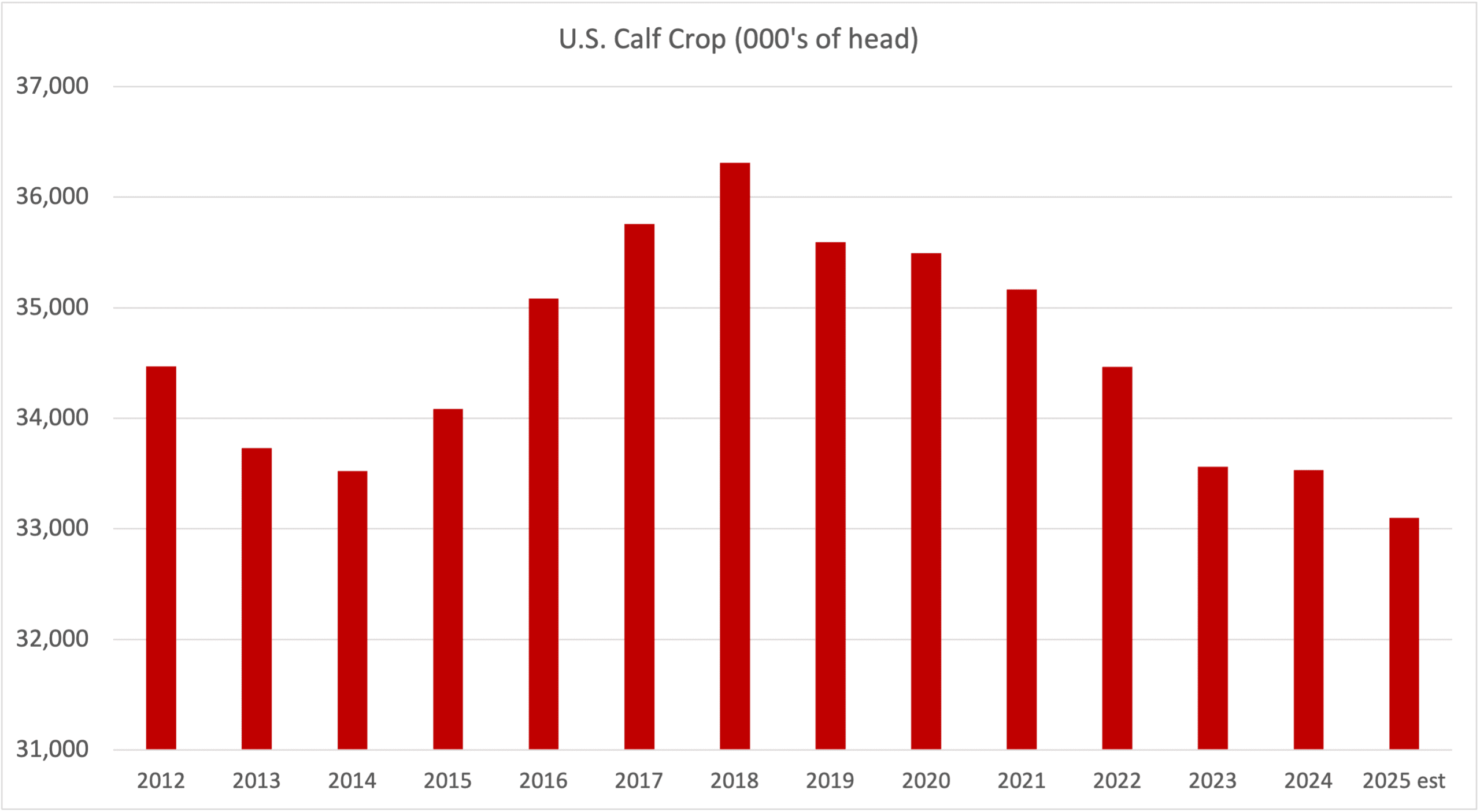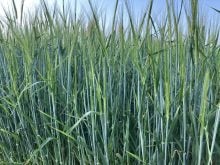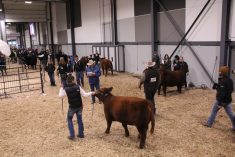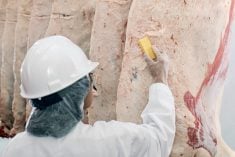Labour and cattle are the two biggest challenges that beef processors face in running a profitable business year in, year out. COVID-19’s onset revealed how any sizeable workforce disruption can wreak havoc with running a beef plant efficiently.
All major beef-producing countries faced labour shortages during the pandemic. Staffing levels have returned to close to normal in Canada and the U.S. But Australia still faces a shortage. Food industry groups there recently said the country’s food supply chain is currently short at least 172,000 workers, farm to plate.
The post-farmgate meat supply chain was already underresourced to process the number of livestock forecast to be produced in Australia in 2022, says meat industry executive Patrick Hutchinson. Forecasts for 2023-25 can be anything between a 15 per cent to 35 per cent increase in livestock numbers. This will be catastrophic for Australian farmers if livestock numbers are far greater than the meat processing industry can process and the wider supply chain can manage, he says.
Read Also

Factors influencing cattle feeder market during the fall of 2025
Market analyst Jerry Klassen weighs in on live cattle markets
Many new beef plants are planned to open during the next three years in the U.S., as fellow columnist Steve Dittmer writes. Each will face the challenge of finding workers to staff their plants as a labour shortage might worsen in the next few years. Current workers are aging out of the workforce while lower labour participation rates and other factors make demand for skilled labour more acute.
This is according to a recent report by the American Immigration Council (AIC). It is a non-profit organization that provides legal counsel to immigrants and public education through research and analyses. The report argues the current labour crisis highlights the vital role immigrants occupy in U.S. food production. The AIC examined labour trends within the meat processing and dairy industries and discovered how those trends affect prices consumers pay for meat and dairy products.
Steven Hubbard, PhD, is a senior data scientist with the AIC. Hubbard says he wanted to look at those who work with livestock, those who process the meat, those who transport the meat and then dairy. The biggest finding for him was that those who raise livestock are generally getting older, especially people who are born in the U.S. Those who work in livestock who are foreign-born are generally younger. A lot of hog farmers and cattle ranchers are getting older. Who is taking the place of those workers, he asks.
More than 90,000 workers breed, raise and handle animals on farms, ranches, livestock yards and other facilities across the U.S., according to AIC research. One in five are foreign-born, a significantly higher percentage than the national share of foreign-born workers for all industries combined. Many livestock workers are also approaching retirement age. In the next 10 years, 29.8 per cent of livestock workers will have reached the age of 65. Most of these older workers are U.S.-born and only 11.1 per cent are foreign-born. Of the workers who will not reach age 65 in the next 10 years, almost one in four are foreign-born.
As such, the meat industry will increasingly rely on immigrant workers to care for animals.
The AIC report says that in the meatpacking industry, foreign-born workers made up 45.4 per cent of the workforce during the early days of the pandemic, 28 percentage points higher than the average share for all industries combined. But since then, the labour participation rate among meatpackers has fallen. Immigration reform seems a must.
















